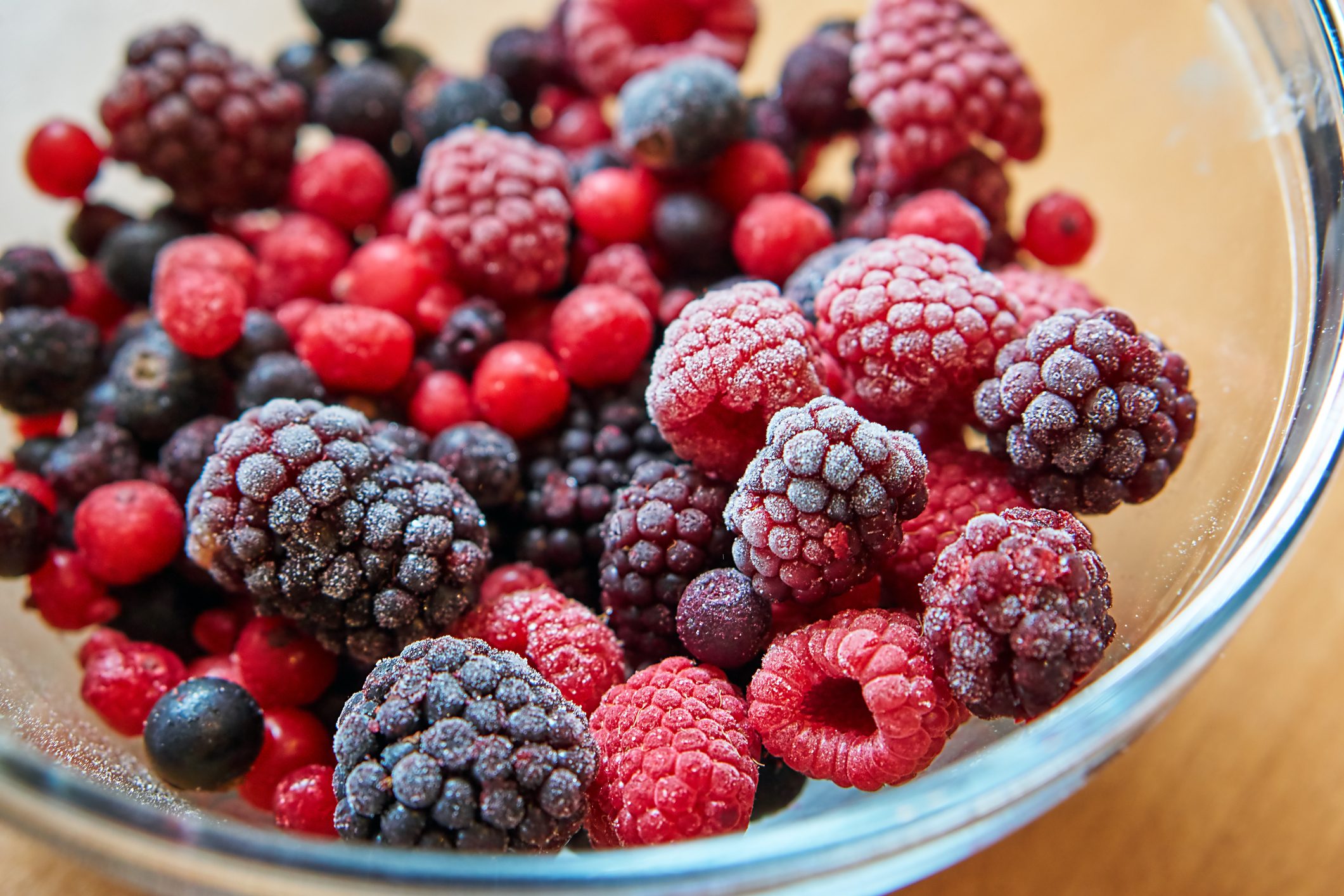Experts Say Potatoes That Have Started Turning Green May Be Harmful. Here’s Why
What do you do when you discover that your potatoes spot green patches? A smaller population will discard the potatoes while the average person will cut off these unsightly patches that signal rot in a bid to lower food wastage. But beware, health experts warn that green potatoes may be very dangerous!
;Resize,width=742;)

Potatoes are considered a food staple by different cultures all around the world, which constantly makes them objects of high demand. This also means that it makes up a significant fraction of food wastage.
Despite this, health experts reiterate that green potatoes should almost always be thrown out. Greening makes the potatoes less palatable, less nutritious and worse still, can render them poisonous!
Although it has a negative effect on potatoes, this greening process is natural. It occurs when potatoes are exposed to light, stimulating the production of chlorophyll, the green pigment that gives many plants and algae their color.
This subsequently causes light-skinned potatoes to turn green. This process also occurs in darker-skinned potatoes, though the dark pigments make it hard to decipher.
Tip: to know if a dark-skinned potato has turned green, peel off part of its skin to expose green patches that may be underneath it.

However, it is not this chlorophyll that poses danger to human health. It is SOLANINE, a plant compound that is naturally produced to protect the potato from damage that may be incurred by insects, bacteria, fungi or hungry animals.
Unfortunately, solanine, and other such compounds, can be dangerous to humans. Solanine, which is the major toxin, works to inhibit an enzyme involved in breaking down certain neurotransmitters, can also damage cell membranes and can negatively affect your intestine’s permeability.
The amount of solanine that can make a person sick remains unascertained. Case reports of solanine poisoning and a toxicology study in humans, reports that ingesting a 16-ounce (450 g) potato that has surpassed the acceptable level of 20 mg solanine per 3.5 ounces (100 g) would be enough to make a 110-pound (50-kg) person sick.
Yet, if a potato has developed very high solanine levels or if the person is smaller or a child, consuming even less might be enough to make them ill.
Symptoms of solanine poisoning include:
- nausea
- vomiting
- diarrhea
- sweating
- headaches
- Stomach pain

On a final note, experts stress that cooking a green potato won't significantly reduce its solanine levels, but peeling does. However, it is best advised that you prevent greening by storing the spuds in a dark, and cool place, and to discard potatoes when they turn green.
;Resize,width=767;)
;Resize,width=712;)
;Resize,width=712;)
;Resize,width=712;)
